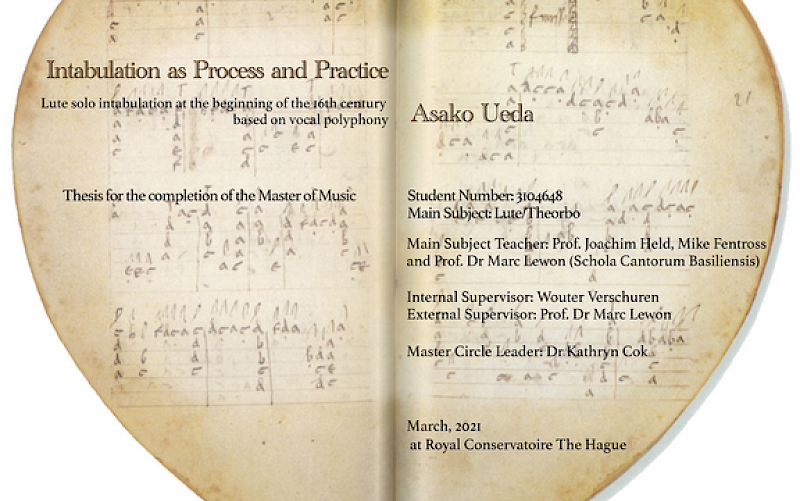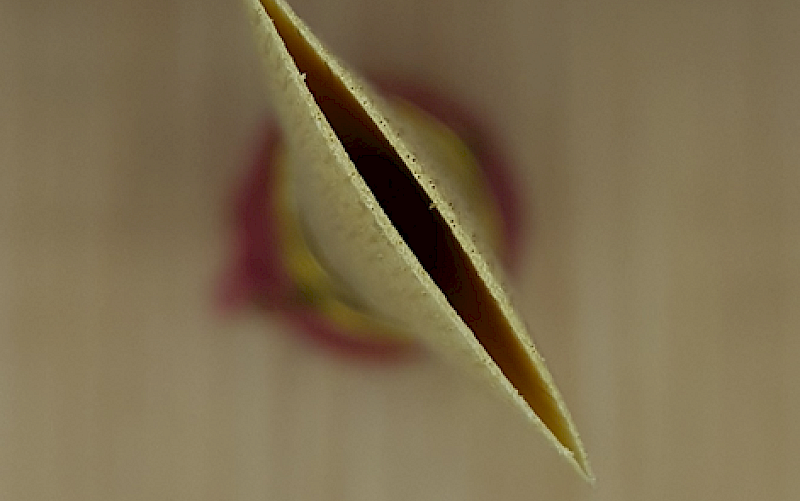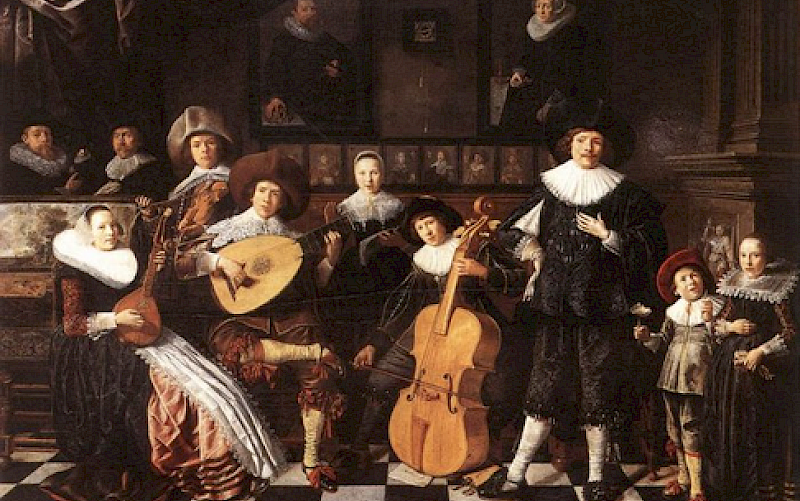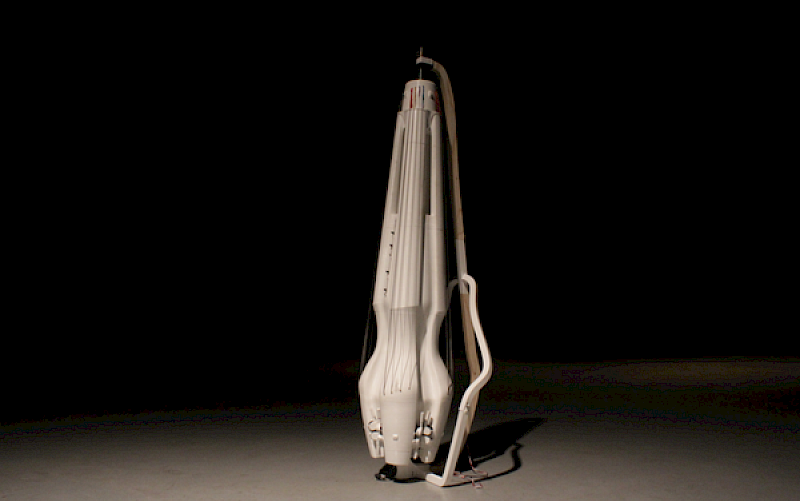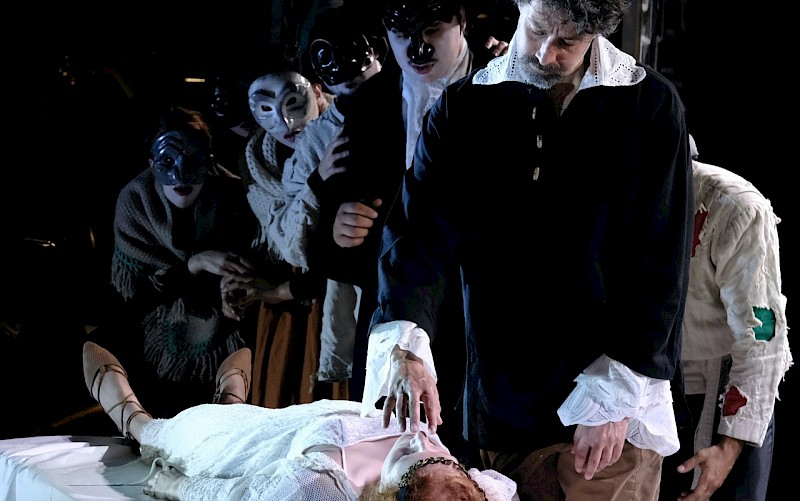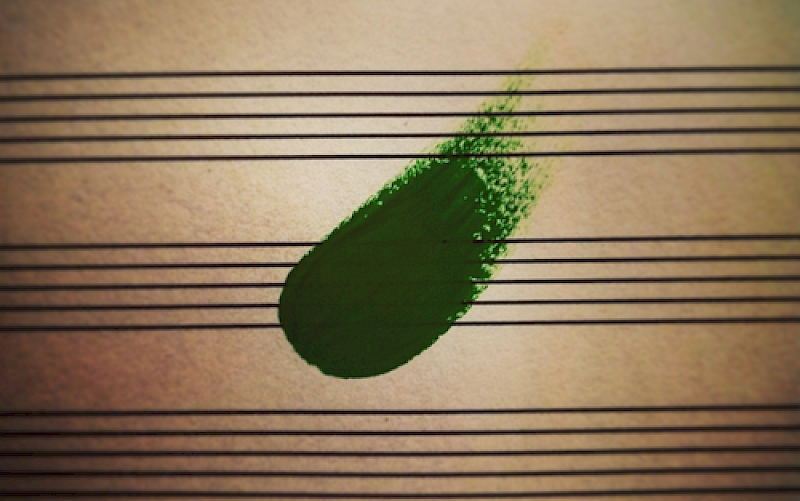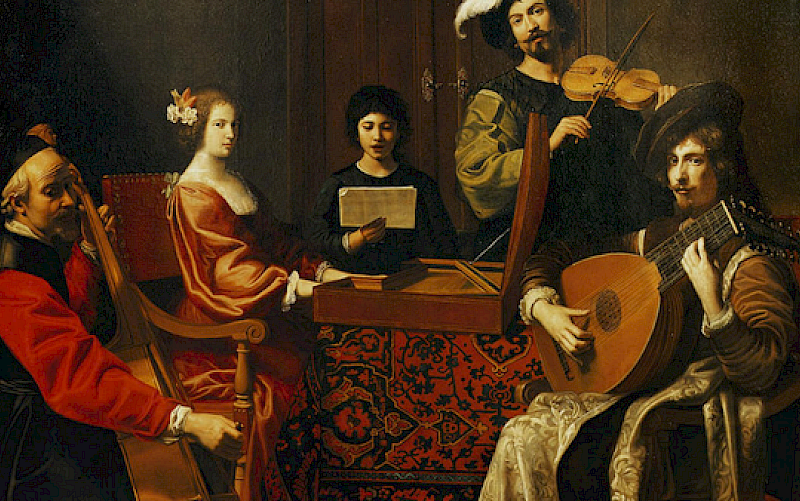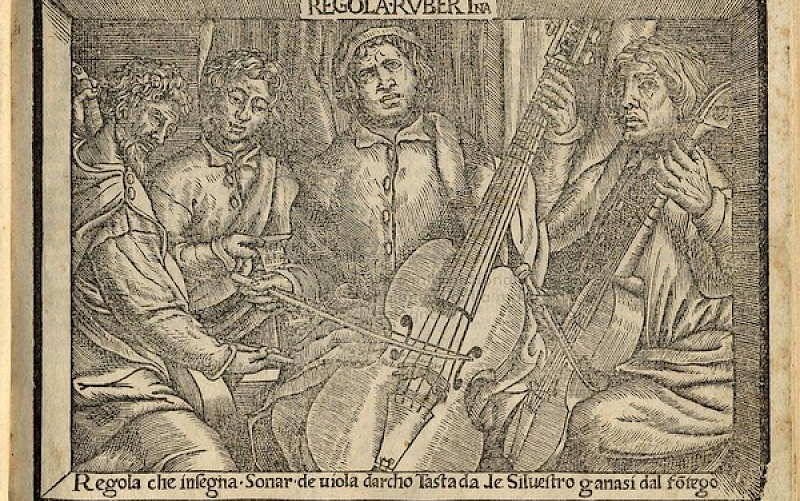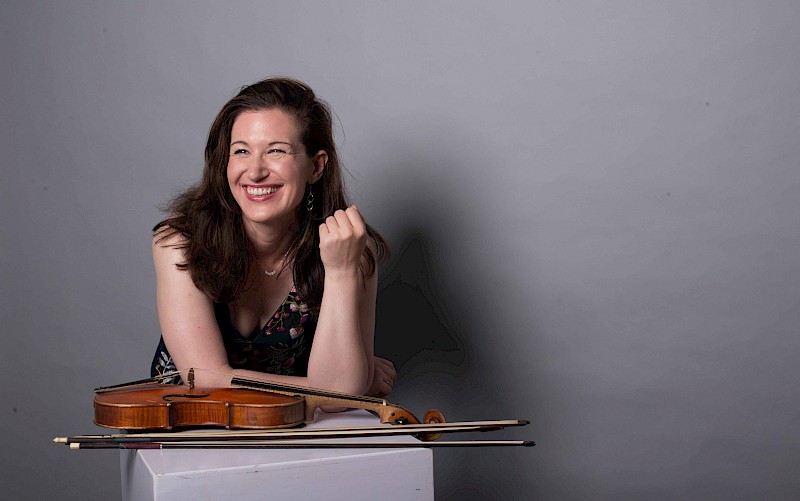Size Matters: Historical String Lengths and Possible Tunings of the Chitarrone or Theorbo
What was considered the "normal" size for the Italian theorbo or chitarrone upon its creation in the 17th century, and why should 21st century players like us embrace the historical size? This research tackles the question from several different angles: description in historical texts, surviving instruments, the optimal string gauge and tension, and tone comparison. The study finds the vast majority of surviving chitarroni to have a stopped string length around 88-89cm, with some exceeding 90cm and very few falling short of 80cm. This sparks the question of whether smaller instruments required a different tuning. Upon comparing with lute family instruments from the same era, the logical conclusion is that smaller instruments with string lengths around 76cm most probably did not need to have a double re-entrant tuning which is the standard tuning for all solo chitarrone music. When comparing a large instrument (95cm) and a small instrument (76cm, with single re-entrant tuning), one can hear that they perform very different roles as continuo instruments, and are not mutually replaceable. As modern-day lutenists, one should really embrace the large size if one wishes to play the chitarrone, and develop a technique to suit the instrument, instead of scaling down the instrument to suit the technique. Menglin Gao has been a recorder player, a countertenor, and now a theorbist, studying at the Royal Conservatoire of the Hague. He is the founder and director of the Shanghai Camerata, an early music ensemble based in Shanghai, China.
Author: Gao Menglin
